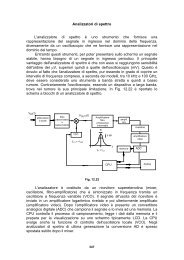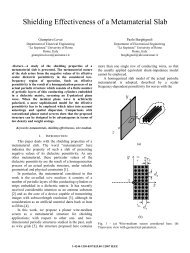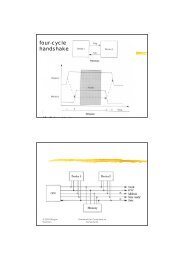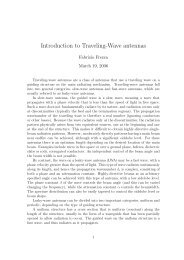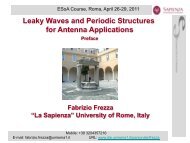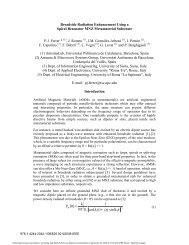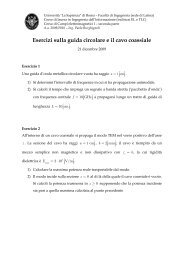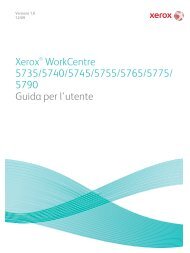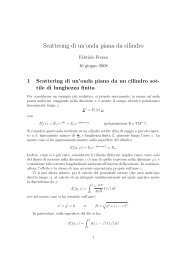Materials Measurement Phil Bartley Shelley Begley
Materials Measurement Phil Bartley Shelley Begley
Materials Measurement Phil Bartley Shelley Begley
- No tags were found...
You also want an ePaper? Increase the reach of your titles
YUMPU automatically turns print PDFs into web optimized ePapers that Google loves.
Problems with N-R Model• This set of equations become unstable when M11 isequal to zero. One equation, two unknowns.• The derivation involves taking the log of a complexnumber. The log of a complex number is not a singlevalued function.The major flaw in this technique is when the value of S 11 is equal to zero (or theuncertainty in the measurement is as large as the measurement value) When thishappens we have only one independent equation and two unknowns. One way thiscan happen is when the reflection off the back surface of the material cancels out thereflection off the front surface. Fortunately this seldom happens with magneticmaterials. This is because these materials are usually lossey. Non-magneticmaterials can be better analyzed by using other models. These models will bediscussed later.Another problem occurs because the derivation proposed by Nicolson and Rossinvolves taking the log of a complex quantity. The log of a complex number is not asingle valued function. This can usually be accounted for by knowing how many 360degree phase transitions S 21 makes. You need to know if the -30 degree phase of S21is really -30 degrees or -30 -360=-390 degrees. This is easy to do if the phase shift atthe first frequency point is less than -360 degrees. If not an estimate of u and e isneeded. These estimates only need to be accurate enough to correctly predict thenumber of -360 degree phase shifts. Another possibility is to estimate the number ofphase shifts by calculating the group delay.38




